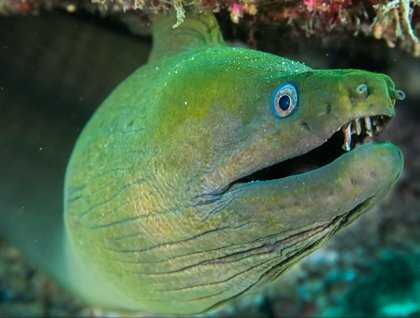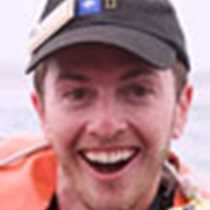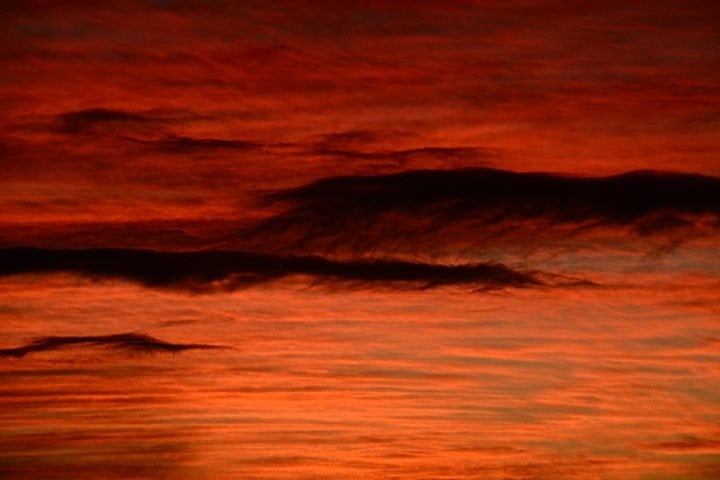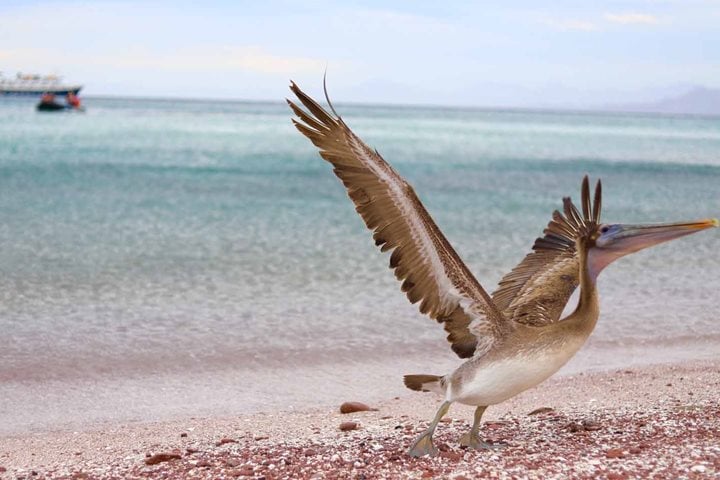A clear dawn found National Geographic Sea Bird setting off from the protected bay of Puerto Los Gatos on the Baja Peninsula, to the south in search of cetaceans. Naturalists and guests enjoying a sunny morning on the bow scanned the calm seas for signs of marine mammals. Our efforts were quickly rewarded with a pod of bottlenose dolphins spotted leaping and cavorting in the distance. As the ship approached several broke off to bow ride, taking advantage of our hull breaking the waves to enjoy a hydrodynamic playground. The mid-morning lesson on smartphone photography was interrupted no less than three times for different groups of dolphins including more bottlenose who lazed on the surface almost looking like floating logs and a larger group of common dolphins who surrounded us in the tranquil channel between Isla San Jose and the Baja Peninsula.
As naturalist John Mitchell gave a talk on shark biology that challenged the many misconceptions about these creatures around midday we approached our destination of Isla San Francisco. We dropped anchor in a wide half-moon bay and enjoyed a delicious lunch in the sun on the top deck, before an afternoon of sundry aquatic activities.
Across a narrow isthmus from the sandy beach in front of which we anchored lay a large rocky stretch perfect for making tide pools at low tide. So in keeping with the example of John Steinbeck and Ed Ricketts, we took advantage of a very low spring tide to explore the creatures trapped within these pools. In these little microcosms naturalists pointed out the stubby-spined pencil urchins, writhing brittle stars, and trapped fish like camouflaged blennies or colorful juvenile damselfish. As the tide returned, guests equipped with snorkels, kayaks, or paddleboards explored the rest of the bay whose rocky reefs teamed with fish life like this panamic moray eel, until a rosy sunset drew the day to a close.







